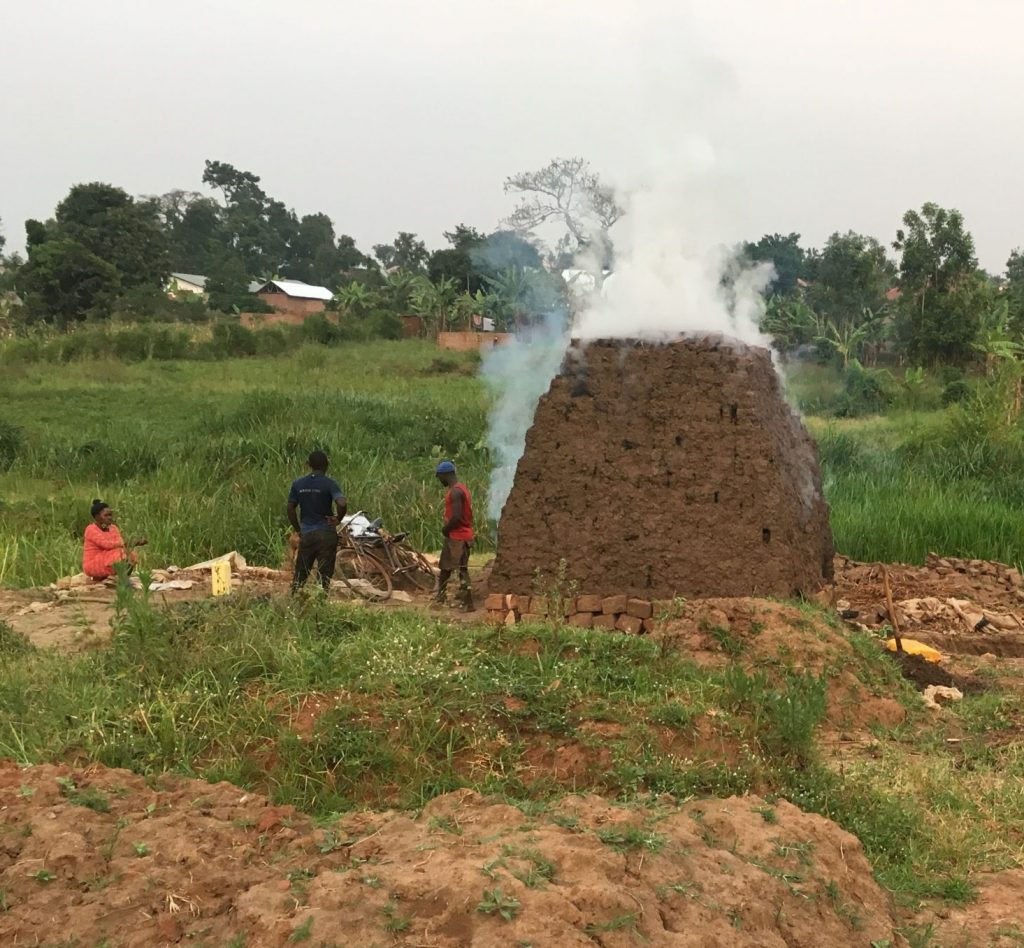Introduction: Function of soils
Amber Anderson
- Define soil and soil science
- Discuss soil functions
- Summarize the importance of soil
We may take what lies below our feet for granted, but soils are critical to our everyday life. From the food we eat, buildings we take refuge within, products we use, even to antibiotics we rely on, soils supply far more than we initially imagine.
What is soil?
Several definitions exist. We will start with the pair below:
“The unconsolidated mineral or organic matter on the surface of the Earth that has been subjected to and shows effects of genetic and environmental factors of: climate (including water and temperature effects), and macro- and microorganisms, conditioned by relief, acting on parent material over a period of time. A product-soil differs from the material from which it is derived in many physical, chemical, biological, and morphological properties and characteristics.”
― Soil Science Society of America[1]
“Soil is a natural body comprised of solids (minerals and organic matter), liquid, and gases that occurs on the land surface, occupies space, and is characterized by one or both of the following: horizons, or layers, that are distinguishable from the initial material as a result of additions, losses, transfers, and transformations of energy and matter or the ability to support rooted plants in a natural environment.”
― Soil Taxonomy, second edition [2]
Overall, we see the important components, a medium that supports a variety of functions on which plants and animals rely. These diverse functions can be grouped into a few major categories according to the Soil Science Society of America: products, resources, culture, and environment.[3]
Products

Straightforward uses like the majority of food production, building materials like clay to make bricks, and unexpected items like many of the antibiotics that we rely on are all derived from the soil. In the case of plant growth, soil provides the physical structure, many nutrients, water, and insulation from changing temperatures that allow for plants to grow and produce.
Resources
Holding water and carbon are also critical functions of soil. Consider a situation where the soil did not hold water for plant growth. Management and production of crops would suddenly be far more complicated. Carbon is also important within the soil and will be covered in a later chapter of this book.
Culture
While it might not be obvious, soils are also important for cultural aspects such as recreation. Central campus with its open space for enjoying nice weather, the intramural fields that host a variety of activities, or Reiman Gardens displaying a diversity of plants, flowers and artistic displays, all rely on soil properties and functions to exist.
Environment
Additional benefits of soil come from the soil’s ability to filter water, hold water to avoid flooding, recycle waste, and other ecological services. A variety of interactions will be covered over the course of this semester.
Soil science, or pedology, is the study of this amazing resource.
I’m looking forward to sharing with you this semester, and looking forward to you sharing your observations as well!
- Soils are critical in a variety of different ways
- General functions can fall into production, resource, cultural, and environmental categories
- Wooo! Soil! Get excited to learn more about soil this semester!
- https://www.nrcs.usda.gov/wps/portal/nrcs/detail/soils/edu/?cid=nrcs142p2_054280 ↵
- https://www.nrcs.usda.gov/wps/portal/nrcs/detail/soils/edu/?cid=nrcs142p2_054280 ↵
- https://www.soils.org/files/science-policy/issues/reports/sssa-soils-eco-serv.pdf ↵
- https://www.nrcs.usda.gov/conservation-basics/conservation-by-state/oregon/soil-your-undies-challenge ↵
- https://www.marioncountyiowa.gov/files/conservation/soil_your_undies_for_soil_health_70282.pdf ↵

